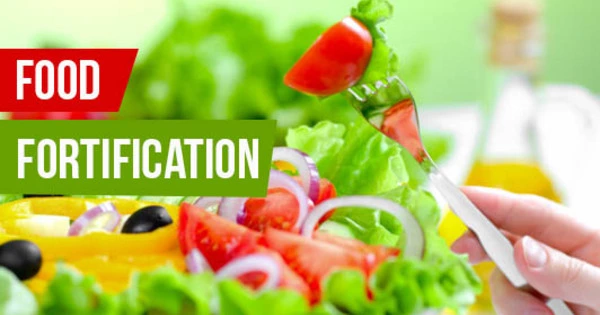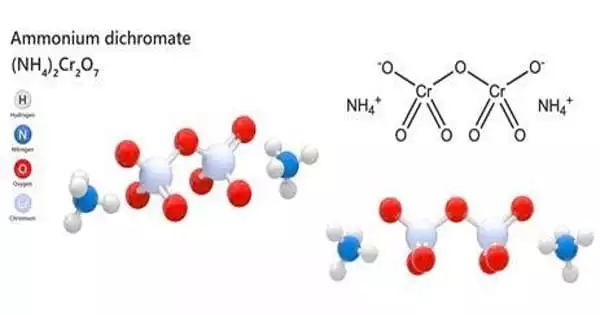The process of adding micronutrients (essential trace elements and vitamins) to food is known as food fortification or enrichment. It is the process of enhancing the nutritional value of food by adding essential nutrients or substances to address specific nutrient deficiencies in a population. It can be carried out by food manufacturers or by governments as a public health policy aimed at reducing the number of people in a population who have dietary deficiencies.
The predominant diet within a region may lack specific nutrients due to local soil or inherent deficiencies within staple foods; in these cases, adding micronutrients to staples and condiments can prevent large-scale deficiency diseases. It is a low-cost public health strategy that aims to improve overall nutrition and prevent nutrient-related diseases.
The process of incorporating micronutrients such as vitamins, minerals, and, in some cases, other bioactive compounds into commonly consumed food products is known as fortification. Fortification types and levels vary depending on a population’s specific nutrient needs and the food vehicles commonly consumed by the target group.
Here are some key points about food fortification:
- Purpose: The primary goal of food fortification is to address nutrient deficiencies and improve public health. It seeks to supplement essential nutrients that may be deficient in the diets of a specific population or community.
- Nutrients: Fortified nutrients most commonly include vitamins (such as vitamin A, vitamin D, folate, and vitamin B12), minerals (such as iron, iodine, and zinc), and occasionally other substances such as omega-3 fatty acids.
- Food vehicles: Depending on the dietary habits and food availability in a particular region, fortification can be done in a variety of food products. Staple grains (such as wheat, maize, and rice), cooking oils, salt, milk and dairy products, and infant formula are all examples of fortified foods.
- Regulatory standards: Fortification programs are often implemented and regulated by government agencies. They set standards and guidelines for the types and levels of fortification, quality control, labeling requirements, and monitoring of fortified foods to ensure safety and effectiveness.
- Impact: In many parts of the world, food fortification has been successful in lowering the prevalence of nutrient deficiencies and related diseases. For example, iodine fortification of salt has virtually eliminated iodine deficiency disorders in several countries.
- Challenges: Implementing food fortification programs can be difficult because it requires ensuring adequate quality control, dealing with technical issues related to food processing and storage, reaching vulnerable populations, and ensuring consumer acceptance and awareness.
Fortification, as defined by the World Health Organization (WHO) and the Food and Agricultural Organization of the United Nations (FAO), is “the practice of deliberately increasing the content of an essential micronutrient, i.e. vitamins and minerals (including trace elements), in a food, to improve the nutritional quality of the food supply and to provide a public health benefit with minimal risk to health,” whereas enrichment is “synonymous with fortification.”
The WHO and FAO have identified food fortification as the second of four strategies to reduce the global incidence of nutrient deficiencies. Cereals and cereal-based products, milk and dairy products, fats and oils, accessory food items, tea and other beverages, and infant formulas are the most commonly fortified foods, according to the FAO. Undernutrition and nutrient deficiency are estimated to kill between 3 and 5 million people worldwide each year.
















